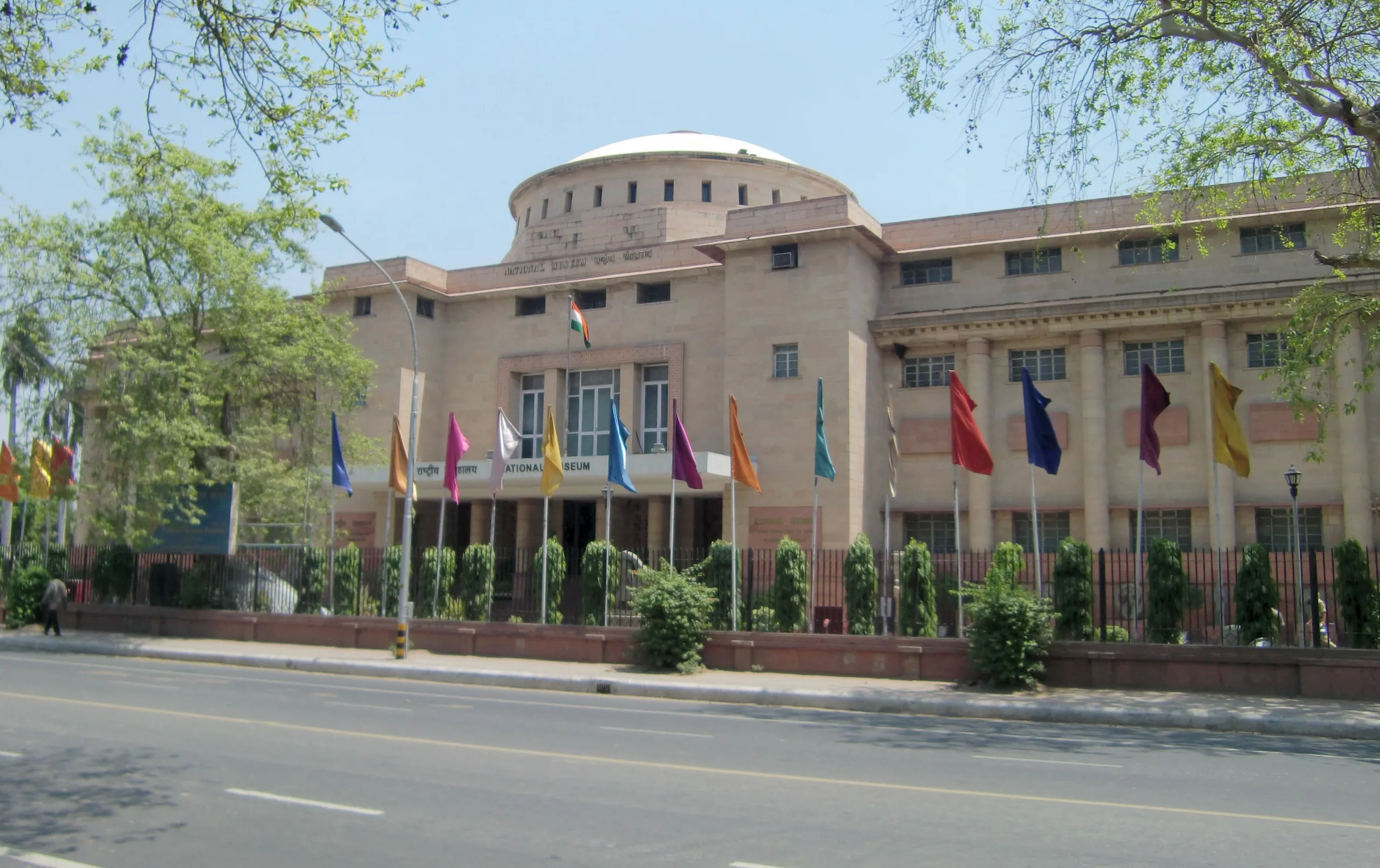The National Museum of India, a crucial institution preserving the nation’s rich cultural heritage, is currently at the heart of a significant controversy due to the government’s ambitious redevelopment plans for New Delhi’s Central Vista area, potentially leading to the disruption and relocation of its vast collection of over 200,000 artefacts. This move has sparked widespread debate among historians, conservationists, and the public about the implications for India’s historical treasures and the legacy of the museum.
The National Museum of India, a cornerstone of the country’s cultural heritage since its establishment in 1949, is at the center of a heated debate. The government’s redevelopment plans for the Central Vista area have raised concerns about the potential displacement of its extensive and invaluable collection.
“A museum which is really meant to interest and educate must be something which connects its objects with the things the visitors are used to seeing in their lives and in their environments. It should not be just a symbol of the distant, unconnected past.”- JAWAHAR LAL NEHRU
The museum, which houses over 200,000 artefacts spanning 5,000 years of Indian history, including significant items from the Harappan Civilization and the Mughal era, faces an uncertain future. The redevelopment initiative, part of a broader plan to modernize New Delhi’s central administrative area, includes the construction of new government buildings and the refurbishment of existing ones.
Critics argue that relocating the artefacts could lead to damage or loss, undermining decades of conservation efforts. They also express concern over the lack of transparency in the planning process and the absence of a clear strategy for ensuring the artefacts’ safety during the move.
Proponents of the redevelopment emphasize the need for modern facilities to better preserve and display India’s cultural heritage. They argue that the new plans will provide state-of-the-art conservation laboratories, expanded gallery spaces, and improved visitor amenities, thus enhancing the museum-going experience.
The controversy also touches on historical sensitivities, with the museum being originally inaugurated by Prime Minister Jawaharlal Nehru. Nehru’s vision was to create a repository that not only showcased India’s rich past but also served as an educational resource for future generations. The current plans have led to a debate about whether this vision is being upheld or compromised in the pursuit of modernization.
The museum’s extensive collection includes highlights such as the Dancing Girl from Mohenjo-daro, intricate Mughal miniatures, and ancient Buddhist relics. These artefacts are not just historical treasures but also symbols of India’s diverse and rich cultural shades.
As the debate continues, the future of the National Museum’s collection hangs in the balance. Stakeholders from various sectors, including historians, archaeologists, and the general public, are calling for a more inclusive dialogue to ensure that any redevelopment preserves the integrity and accessibility of India’s cultural heritage.
For now, visitors can still explore the museum’s vast galleries, including the Harappan Gallery, the Bronze Gallery, and the Decorative Arts Gallery, all of which provide a deep dive into the subcontinent’s historical and artistic legacy.
The future of the National Museum of India remains uncertain as the government pushes forward with its Central Vista redevelopment project. While modern facilities and improved visitor experiences are promised, the potential risks to the museum’s invaluable collection have ignited a passionate debate. Balancing the preservation of India’s rich cultural legacy with the demands of modernization poses a significant challenge. As stakeholders continue to voice their concerns, it is crucial that any changes respect the historical significance and integrity of the artefacts, ensuring they remain accessible and protected for future generations.
